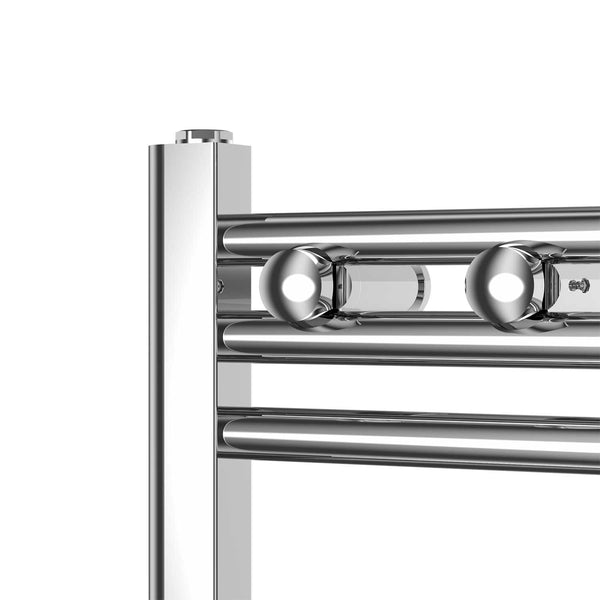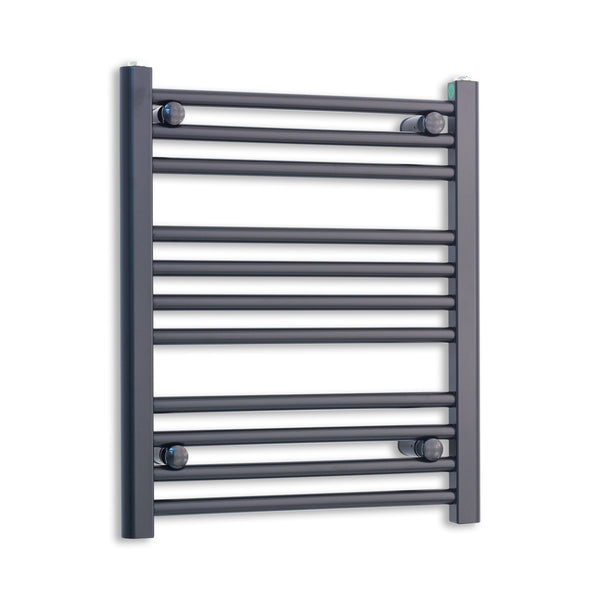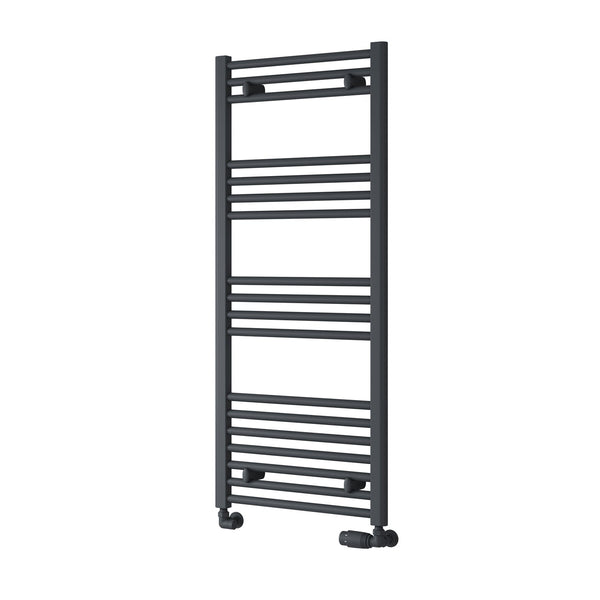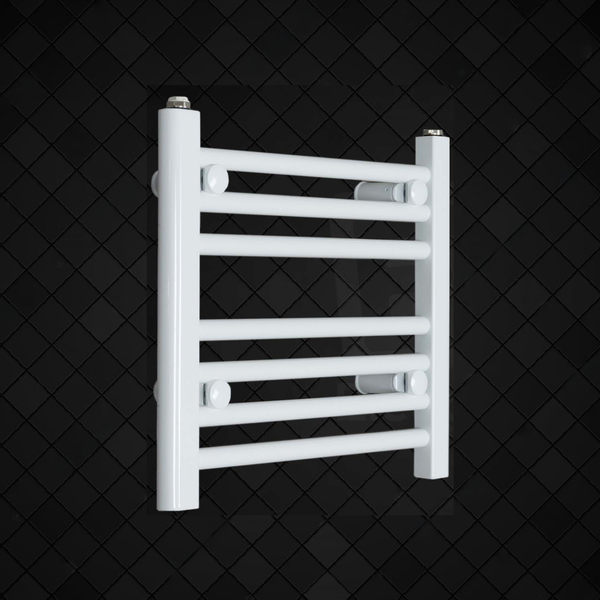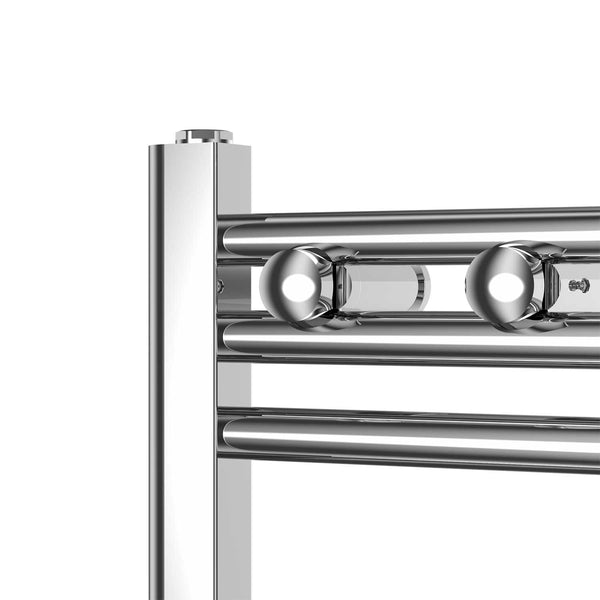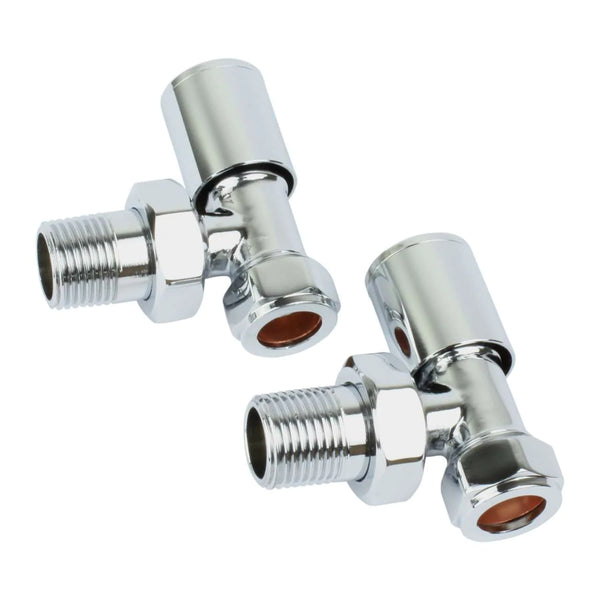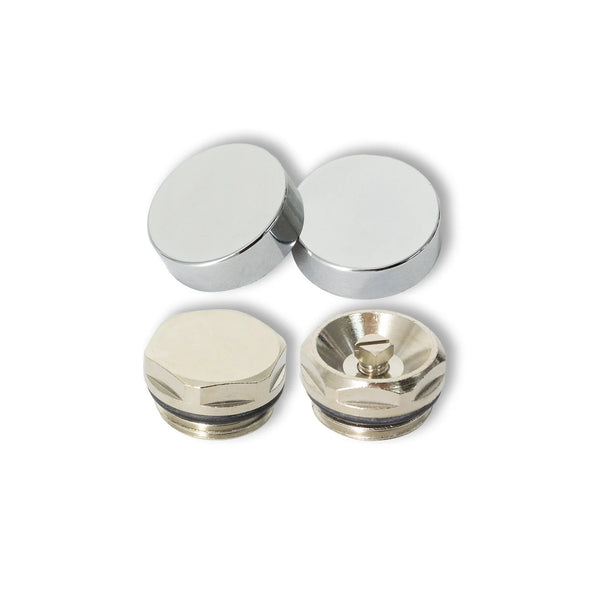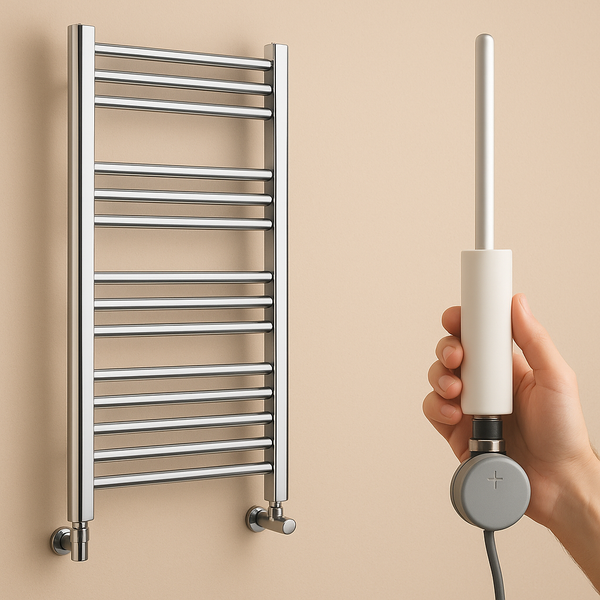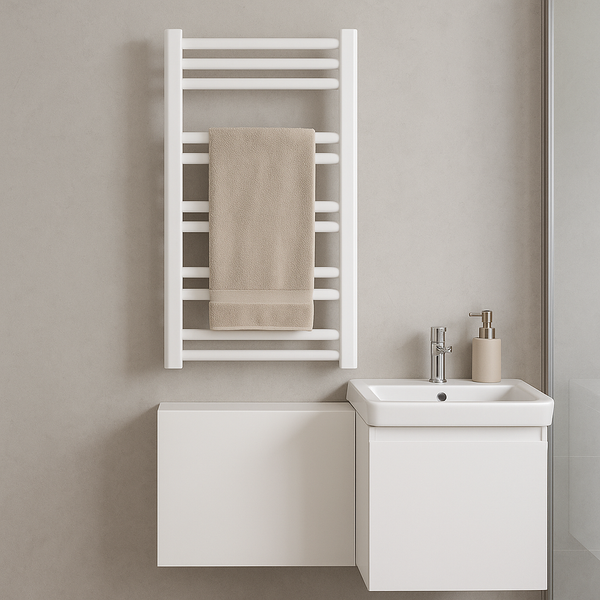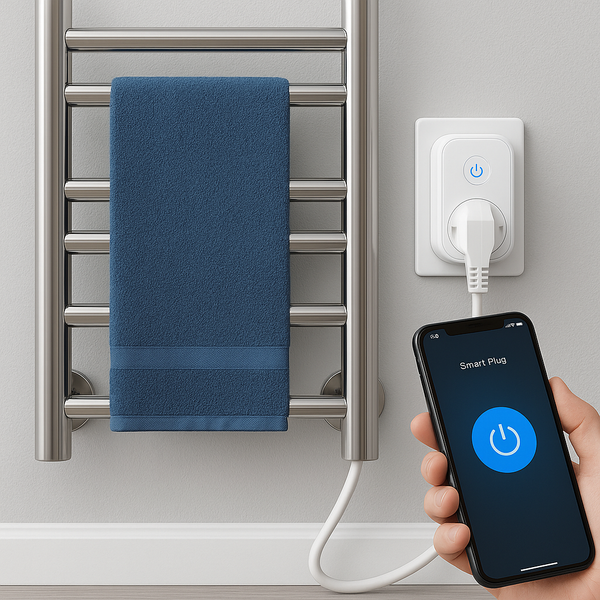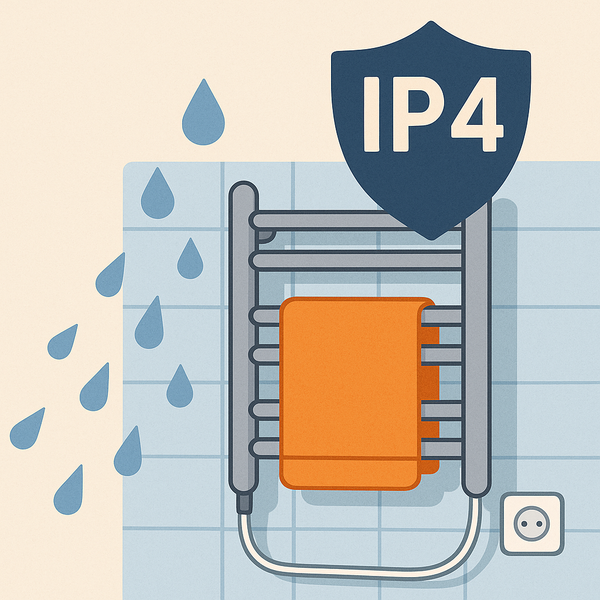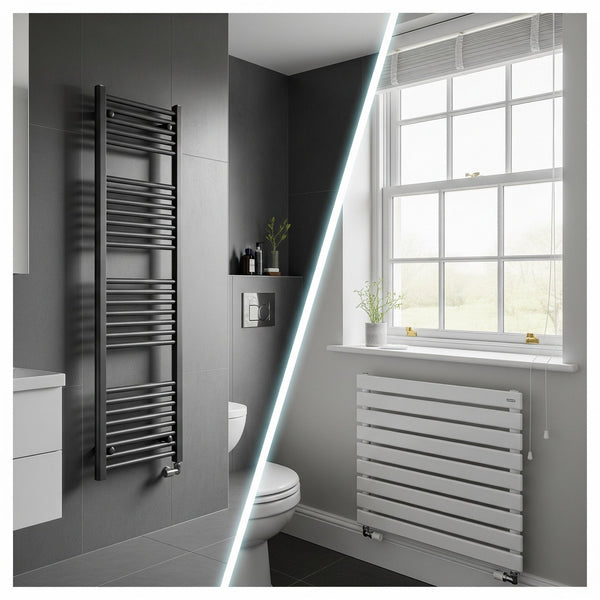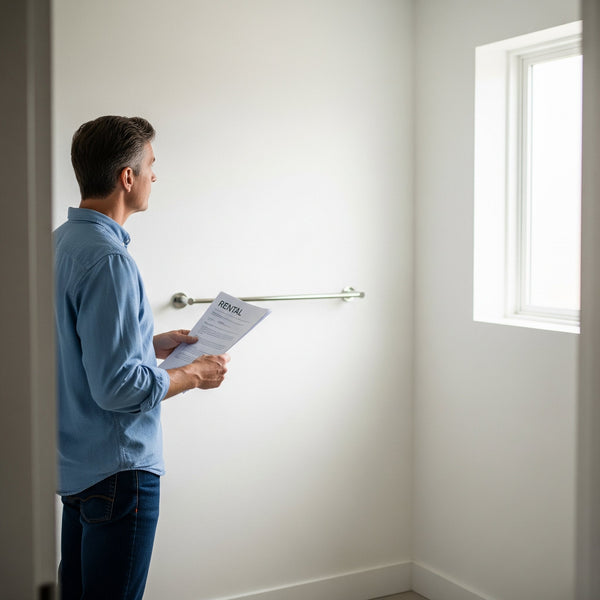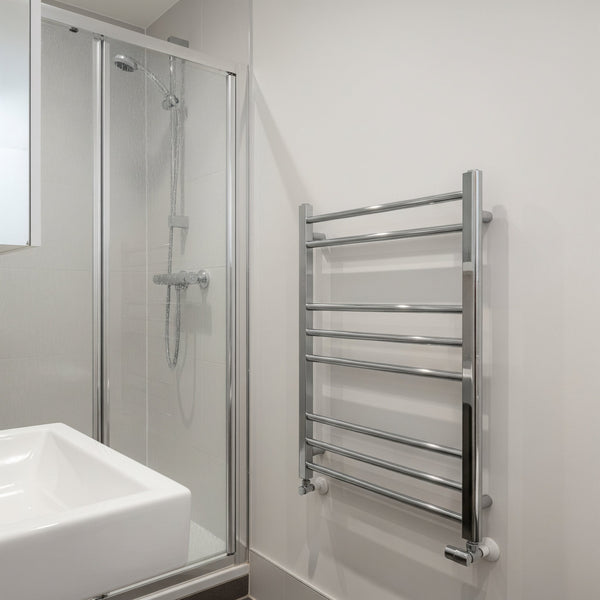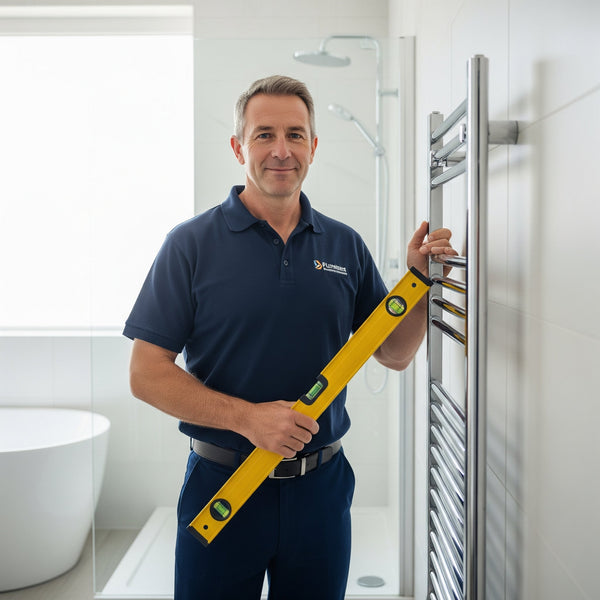How to Plumb in a Dual Fuel Towel Rail: Read This Before Calling a Plumber
A dual fuel towel rail is the ultimate bathroom upgrade, offering the year-round luxury of warm towels by using either your central heating or an electric element. While the final connections are a job for a qualified professional, understanding the process is incredibly valuable. Knowing what's involved allows you to plan your project, buy the right components, and communicate effectively with your plumber, which can save both time and money.
This guide isn't about turning you into a plumber overnight. Instead, it's designed to demystify the plumbing process. We'll walk you through the essential components, the preparatory steps you can confidently take, and what to expect when your plumber arrives. By the end, you'll be fully prepared for a smooth, efficient, and successful installation of your new towel rail from Company Blue.
Important: This guide covers the plumbing aspect only. The electrical connection of the heating element must be carried out by a qualified electrician in compliance with UK wiring regulations (BS 7671) and Part P of the Building Regulations.
Understanding the Key Components
Before you begin, it’s vital to understand the parts that make a dual fuel setup work. It's more than just a radiator and two valves.
- The Towel Rail: The main radiator unit that will be filled with water from your central heating.
- A Pair of Radiator Valves: These control the flow of hot water from your pipes into the towel rail. You'll have one for the 'flow' pipe and one for the 'return' pipe.
- The Electric Heating Element: This is a sealed electrical rod that inserts into the bottom of the towel rail. When switched on, it heats the fluid inside the rail independently.
- The T-Piece Connector: This is the magic component. A T-piece is a three-way connector that allows you to attach both a radiator valve and the electric heating element to the same inlet on your towel rail. You cannot create a dual fuel system without one.

What You Can Do: Preparing for the Plumber
Proper preparation is the best way to ensure the installation is quick and hassle-free. Here’s what you can do before your plumber arrives.
1. Choose the Perfect Location
Decide exactly where on the wall you want your new towel rail. Consider:
- Proximity to existing pipework to minimise complex plumbing work.
- Sufficient clearance from doors, showers, and vanity units.
- The location for the electrical connection (this will be handled by an electrician, but it's good to plan ahead).
2. Buy All the Right Parts
Ensure you have everything ready. Nothing slows a job down like a missing part. Your checklist should include:
- The new towel rail.
- A suitable electric heating element with the correct wattage for the size of your rail.
- A pair of radiator valves (manual valves are recommended for bathrooms).
- The essential T-piece connector.
At Company Blue, we stock all these components, ensuring you can get everything you need from one place.
3. Clear the Area
Make sure the work area is clear and accessible for your plumber. Remove any bathmats, laundry baskets, or ornaments. This gives them the space they need to work safely and efficiently.
The Plumber's Role: The Critical Connections
This is where the professionals take over. A qualified plumber has the tools, experience, and knowledge to ensure a leak-free and efficient installation. Here’s a summary of the steps they will take:
Step 1: Draining Down
Your plumber will first shut off the water supply to the central heating system and drain it down, or at least isolate the bathroom circuit, to safely remove the old radiator (if there is one) and work on the pipes.
Step 2: Adjusting Pipework
They will measure and adjust your existing copper pipework to perfectly align with the inlets of your new towel rail. This may involve cutting pipes and soldering or fitting new joints. This is a critical step where precision is key to preventing future leaks.
Step 3: Assembling the Dual Fuel Connections
This is where the T-piece comes into play. The plumber will:
- Apply PTFE (plumber's) tape to the threads of the electric element and screw it into one of the vertical inlets at the bottom of the towel rail.
- Screw the T-piece into the same inlet, over the top of the element's screw head.
- Connect one of the radiator valves into the side opening of the T-piece.
- Connect the second radiator valve to the other inlet on the opposite side of the rail.
Step 4: Mounting and Connecting
Once the towel rail is fully assembled with its valves and element, the plumber will securely mount it to the wall. They will then make the final, watertight connections from your home's pipework to the new valves.
Step 5: Refilling, Bleeding, and Testing
Finally, they will slowly refill the heating system, checking the pressure at the boiler. They will bleed the new towel rail to remove any trapped air, ensuring it heats up fully and evenly. The most crucial part of this step is meticulously checking every new joint for any sign of a leak before they declare the job complete.
FAQ: Before You Call the Plumber
Here are answers to common questions homeowners have before starting a plumbing project.
What is a T-Piece and why is it so essential?
A T-Piece is a three-way plumbing fitting shaped like the letter 'T'. It's absolutely essential for a dual fuel setup because it allows three things to connect to one point: the towel rail, the central heating valve, and the electric heating element. Without it, you can only have one or the other, not both.
Can my plumber use the existing radiator pipes?
Yes, in most cases. A plumber can adapt your existing 15mm copper pipes to fit the new towel rail. However, the position of your new rail's inlets might be different from your old radiator's, so the plumber will likely need to cut and extend or shorten the pipes to ensure a neat and perfect alignment.
Should the electric element be fitted before or after plumbing?
The element should be fitted to the towel rail before it is mounted on the wall and connected to the water pipes. It's much easier to install and tighten the element and T-piece when the towel rail is on the floor and easy to handle.
What information should I give my plumber when I call them?
Being prepared makes the quoting process easier. Tell them you want to install a dual fuel heated towel rail to replace an existing radiator (or as a new installation). Mention that you have all the parts, including the rail, valves, element, and the crucial T-piece. This shows you understand the job and helps them provide a more accurate estimate.
Will installing a new towel rail make a big mess?
A professional plumber will take great care to minimise mess. They will use dust sheets to protect your floors and have buckets ready to catch water when draining the system. While there will be some noise from cutting pipes, a good plumber will work cleanly and tidy up after themselves, leaving your bathroom as they found it.
